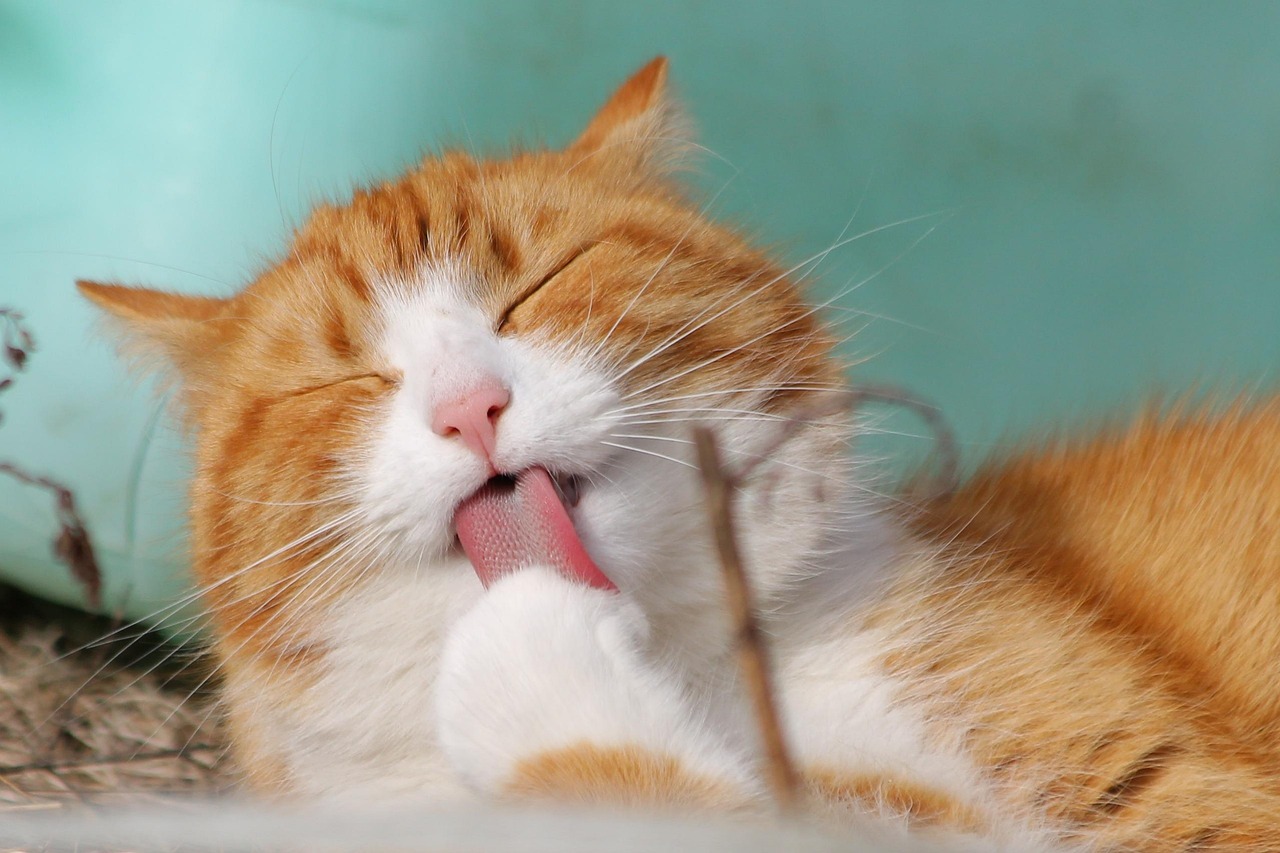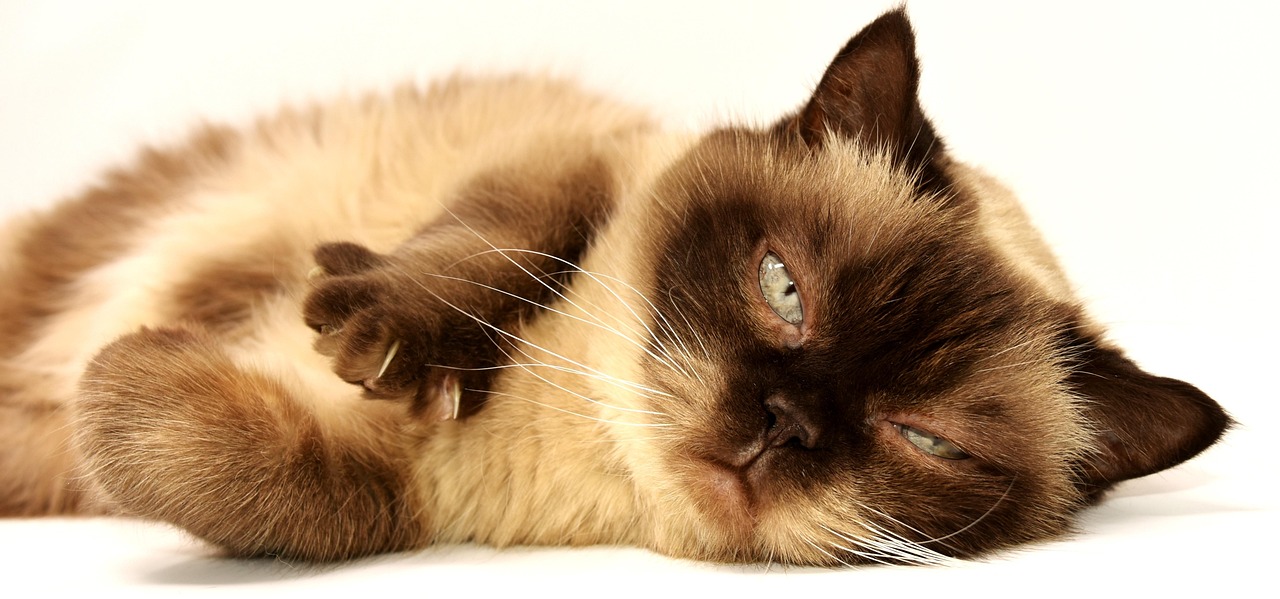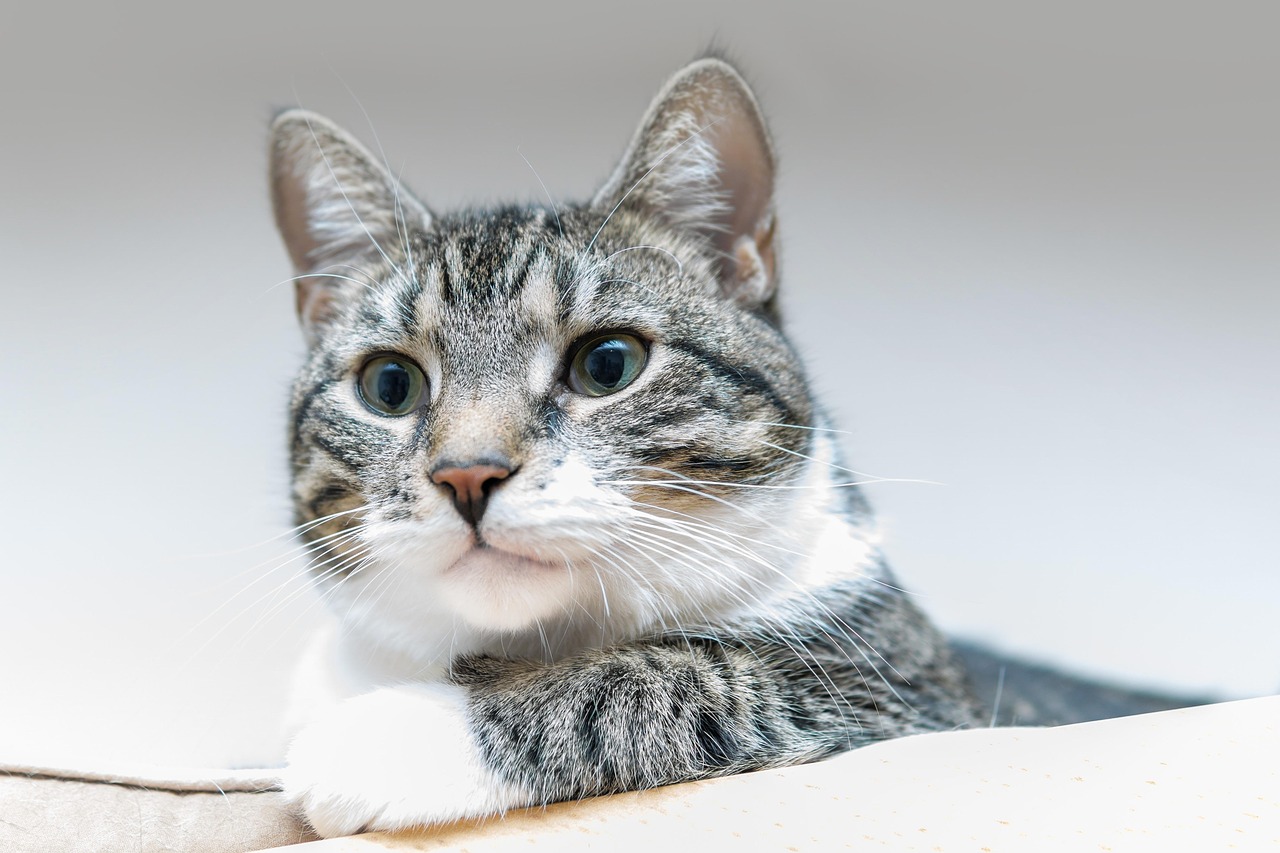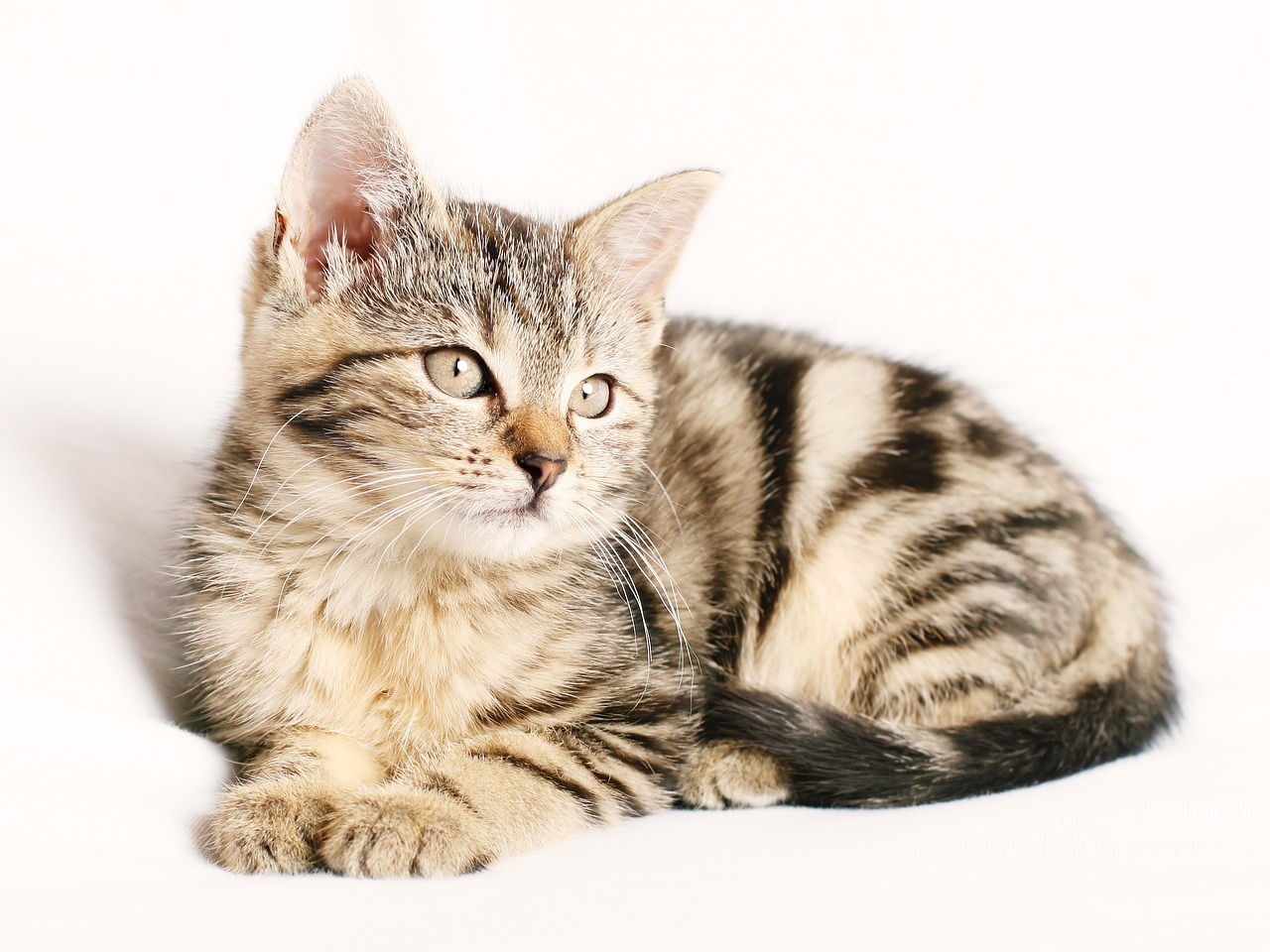Cat hair
Characteristics, how to care for it and maintain a healthy coat
A cat’s coat is not only one of its most admired features due to its beauty, softness and variety of colours, but it also fulfils essential functions for its health and well-being. Although cats are known for being extremely clean animals and usually take care of their own fur, as responsible owners we can help them maintain a healthy, shiny and problem-free coat.
🔸Cat fur: beauty and functionality
Cat fur, in addition to being one of their most admired characteristics due to its beauty and elegance, serves multiple essential functions. It protects them from the cold, heat, sunlight and external agents such as rain or pathogens. It also acts as a thermal insulator, aids communication and provides sensory stimulation. A healthy coat is not only a matter of aesthetics, but also indicates that a cat is in good physical and mental health.
🔸The importance of hygiene and natural moulting
Cats are very clean animals and spend a good part of the day grooming themselves. However, if we notice that their coat is dull, dirty or falling out excessively, it may be a sign of a problem: poor diet, old age, overweight or even excessive bathing. It is also important to remember that shedding is a natural process, especially in spring and autumn, although in indoor cats it tends to be more constant throughout the year.
🔸Regular brushing: the key to a healthy coat
Frequent brushing not only helps to remove dead hair, but also prevents knots from forming, improves skin circulation and reduces the amount of hair that the cat could ingest while grooming itself, which prevents hairballs from forming in its digestive system. In addition, this moment can become a positive bonding experience between the owner and their cat.




🔸How to get your cat used to the brush
Not all cats enjoy brushing from the start, so it is important to introduce it patiently. Leaving the brush in plain sight, alternating strokes with gentle brush strokes, and avoiding sudden movements or brushing against the grain are essential steps in getting your cat to accept this habit. It is also recommended to start with the areas that the cat likes best and use treats or snacks as positive reinforcement.
🔸The right brush and bath
There are different types of brushes, and it is important to choose the most suitable one for your cat’s coat type. Soft brushes or massagers are ideal for more sensitive cats. Although cats are not bathed frequently, in some cases it may be necessary. When bathing your cat, always use products specifically designed for cats and rinse thoroughly to avoid irritation.
🔸Nutrition and hydration: coat care starts from within
A balanced diet, rich in protein and essential fatty acids such as omega 3, is crucial for maintaining a shiny coat and healthy skin. Supplements such as salmon oil or special feed can be very helpful. Likewise, maintaining good hydration is beneficial for both the skin and coat. Don’t forget to check your cat’s skin regularly and consult your vet if you notice any changes or abnormalities.
📌In short, caring for your cat’s coat goes far beyond appearance: it is a direct reflection of their overall health and well-being. Remember that if you have any questions, your trusted vet is your best ally in helping you keep your cat healthy, happy and with a dazzling coat.

